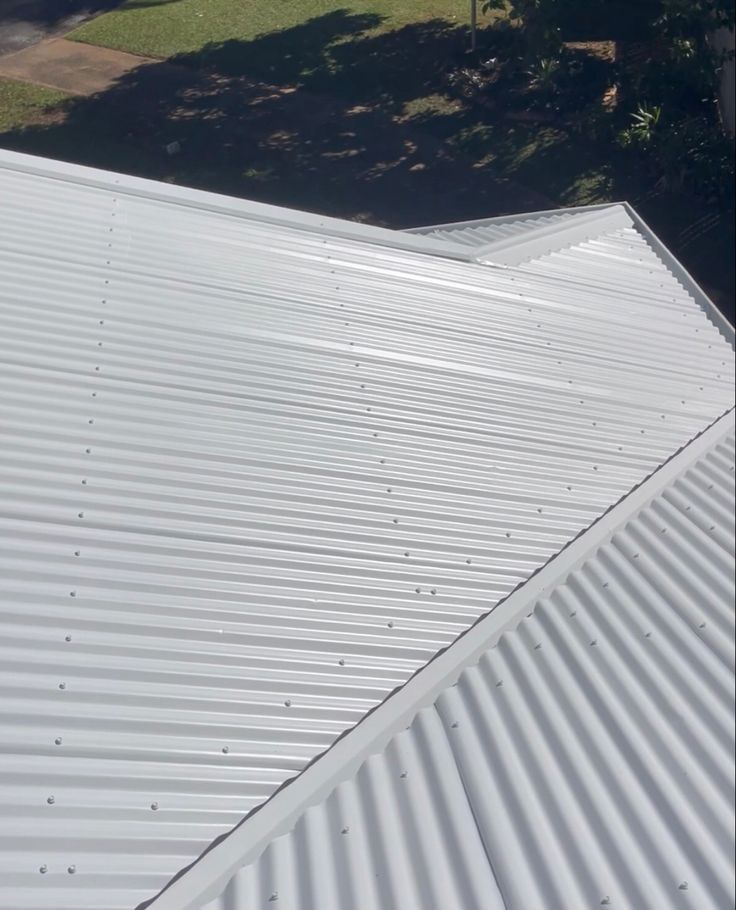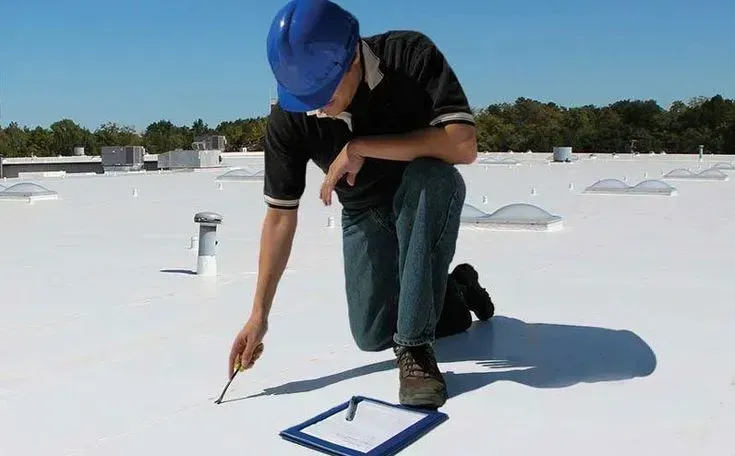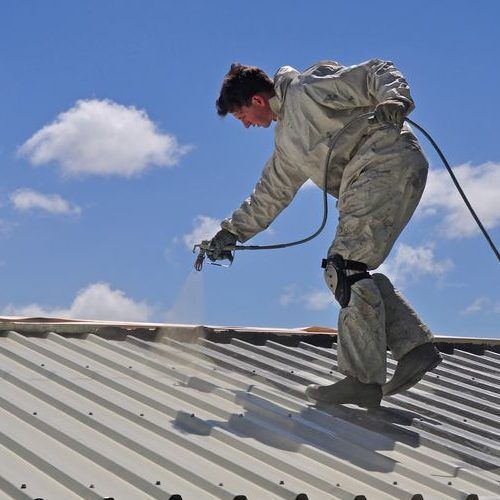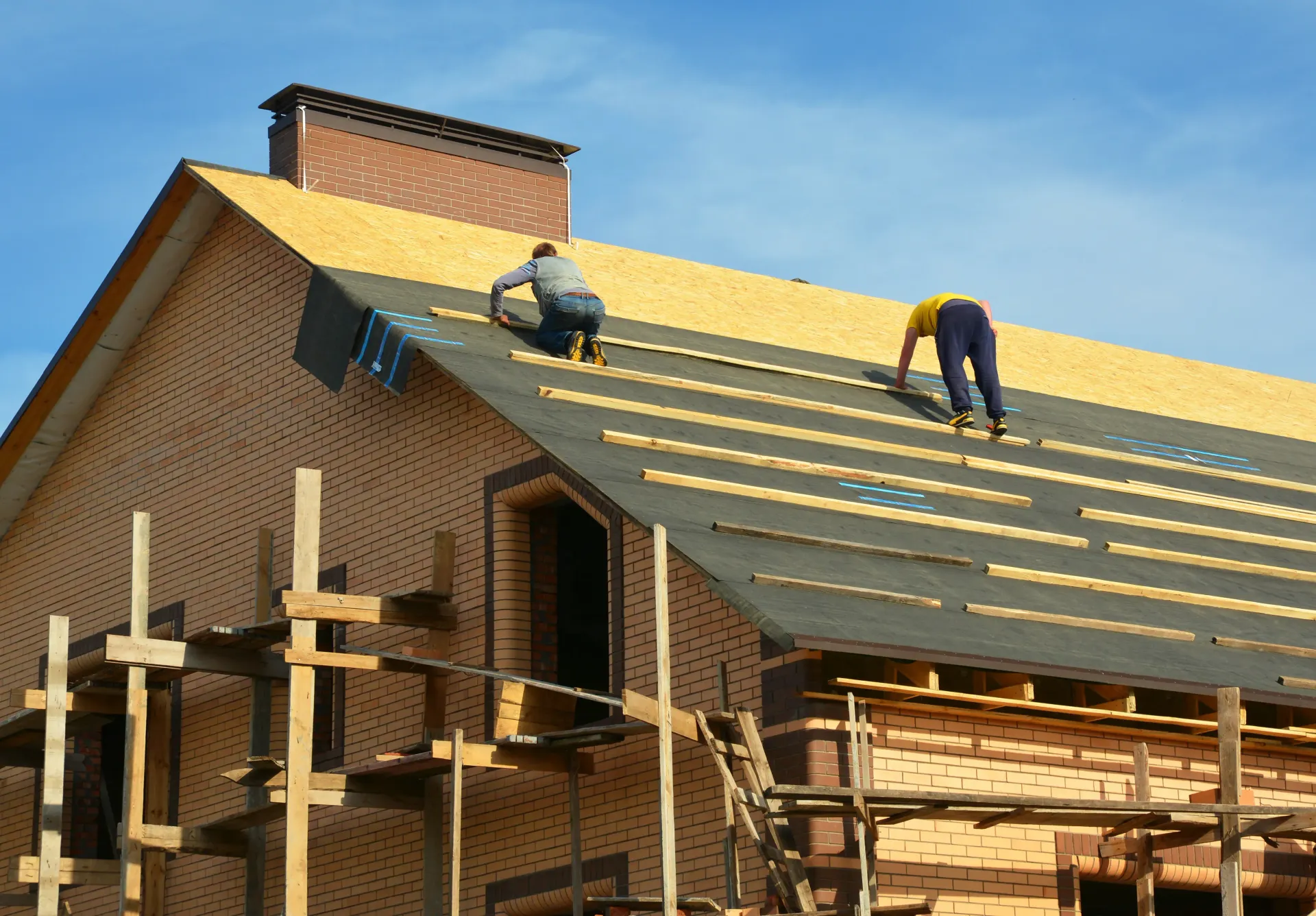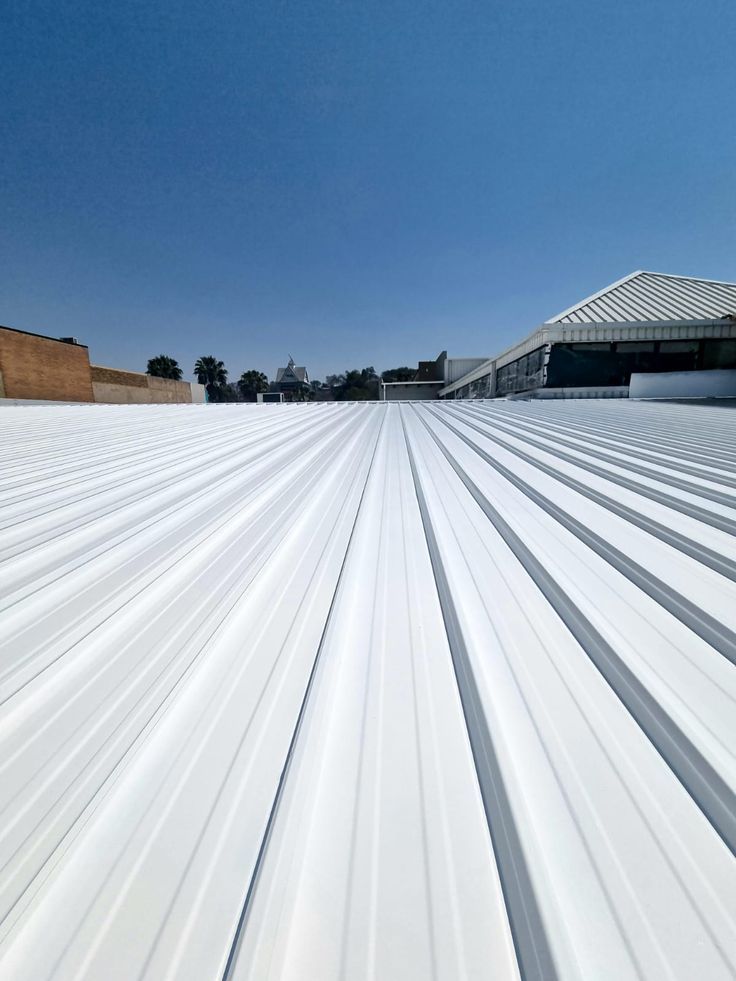We offer a variety of materials for roof waterproofing. Each option has unique benefits and characteristics that make it suitable for different roofing needs.
Bituminous Coating
Bituminous coating is a thick, asphalt-based product used to waterproof roofs. It provides excellent protection against water while being flexible enough to handle temperature changes.
- Application: We apply it with a brush, roller, or spray.
- Benefits: This coating resists UV rays and can be used on various surfaces. It also bonds well to existing materials.
Bituminous coating works well for flat roofs and is easy to repair. This makes it a popular choice for commercial buildings.
Polyurethane Liquid Membrane
Polyurethane liquid membrane creates a seamless barrier on the roof. This material is very flexible and can expand and contract without cracking.
- Installation: It is applied in liquid form and cures to form a durable layer.
- Advantages: It offers high resistance to chemicals, weather, and UV rays.
This membrane is particularly effective for roofs with complex shapes and details. Its seamless nature ensures full protection against leaks.
EPDM Rubber
EPDM (Ethylene Propylene Diene Monomer) rubber is a synthetic roofing material. It is known for its durability and longevity.
- Features: EPDM is resistant to ozone, UV rays, and extreme weather conditions.
- Installation: We install it in large sheets, reducing seams and potential leak points.
This material is lightweight and easy to maintain. It is often used on low-slope roofs and is known for its energy efficiency.
Thermoplastic Membrane
Thermoplastic membranes are made from flexible plastics, such as TPO and PVC. They are heat-welded at the seams to provide a strong waterproof layer.
- Varieties: TPO is known for its reflective properties, while PVC is more chemical-resistant.
- Application: We install these membranes in large rolls to minimize seams.
These materials offer excellent protection against leaks and are designed for long-term performance. They are also energy-efficient due to their reflective surfaces.

